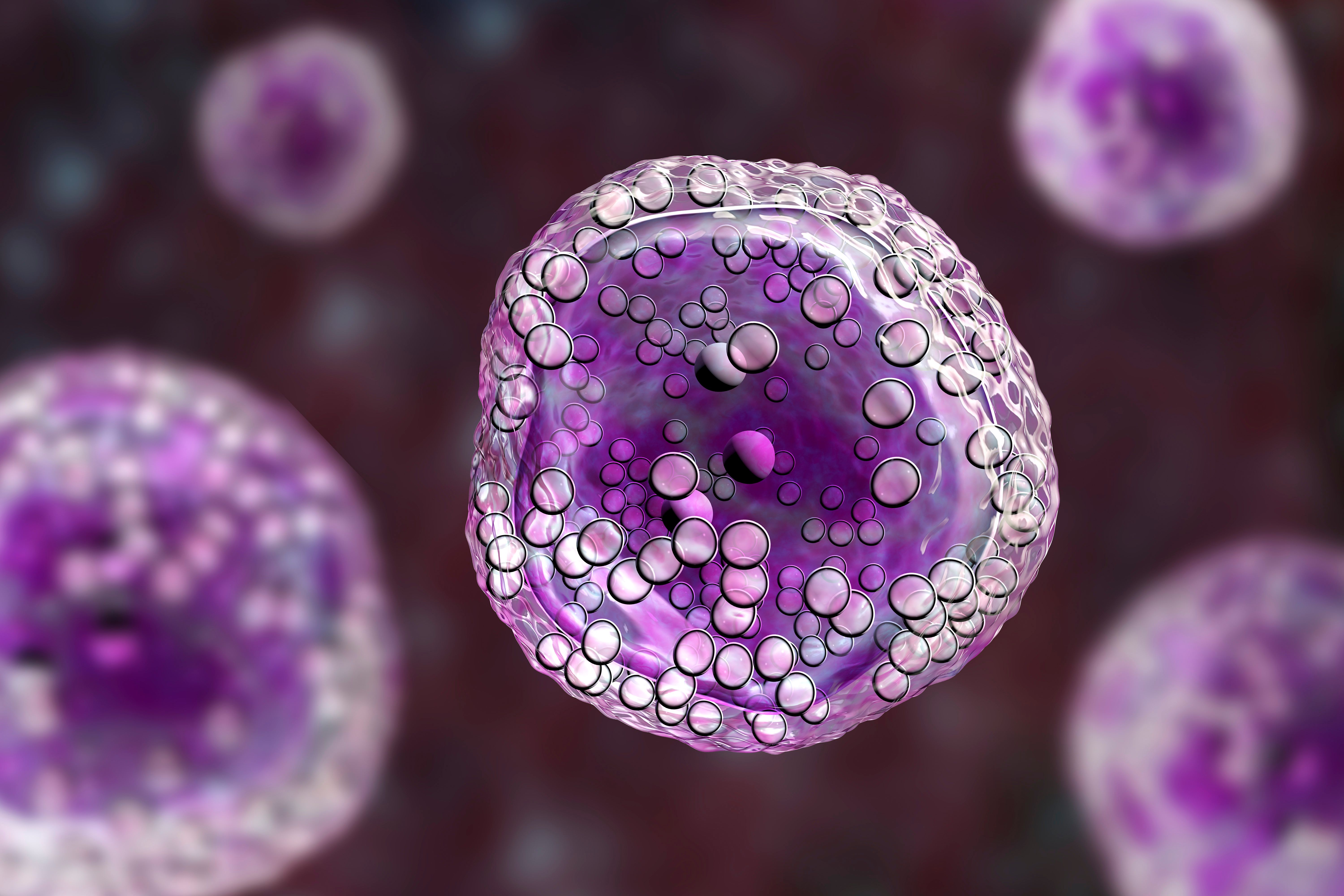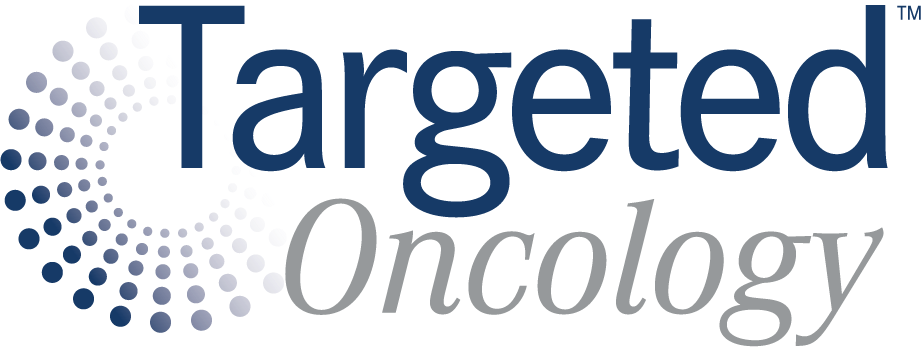SGX301 Shows Rapid and Durable Responses in Early-Stage CTCL
SGX301 has shown rapid and sustained benefit in early cutaneous T-cell lymphoma in an investigator-initiated study, with good safety.
Lymphoma cell: © Dr_Microbe - stock.adobe.com

SGX301 (HyBryte) continues to show promise in early-stage cutaneous T-cell lymphoma (CTCL), with interim results from an extended treatment study titled FLASH2 (NCT06470451) revealing a 75% "treatment success" rate after 18 weeks.1
Interim data from the first 9 enrolled patients, with complete week 18 data available for 8 of them, reveal encouraging outcomes. Using the predefined criterion of treatment success (≥50% improvement in the cumulative modified Composite Assessment of Index Lesion Severity [mCAILS] score from baseline), 6 (75%) out of 8 evaluable patients achieved success by week 18. This rapid response is a notable advantage compared to many existing CTCL therapies, which can take 6 to 12 months to demonstrate a clinically meaningful effect.
A sustained improvement with longer treatment was also observed. Of the 8 evaluable patients, 4 completed the 54-week treatment period, showing an average maximum improvement in mCAILS score of 85%. Three patients remain on treatment, and 1 patient discontinued due to logistical issues unrelated to the therapy. Additionally, 3 patients have achieved complete responses within this study to date.
"The complete response rates observed, including 3 patients achieving a complete response on this study to date, as well as the consistent treatment response and safety profile across multiple HyBryte™ clinical studies, has been exciting to see," said Ellen Kim, MD, director, Penn Cutaneous Lymphoma Program, vice chair of Clinical Operations, Dermatology Department, and professor of Dermatology at the Hospital of the University of Pennsylvania, in a press release.
For safety, SGX301 had favorable safety and tolerability, with findings that were consistently reported as safe and well tolerated across all treated patients in the study. These findings align with the safety profile of SGX301 observed in previous trials.
"In the first phase 3 FLASH study, [SGX301] was shown to be efficacious with a benign safety profile compared to the current therapies of steroids, chemotherapeutics, and ultraviolet light in this chronic orphan disease. With limited treatment options, especially in the early stages of their disease, CTCL patients are often searching for alternative treatments. In our study funded by the FDA, initial results evaluating the expanded use of [SGX301] in a ‘real world’ treatment setting remain very promising, further supporting and extending results from the previous positive phase 2 and 3 clinical trials. It also provides further confidence to the potential responses we can expect to see in the confirmatory phase 3 placebo-controlled FLASH2 study. We look forward to continuing to work with the FDA to complete the [investigator-initiated study] while we participate in the confirmatory 18-week FLASH2 study," added Kim.
The phase 3 FLASH study previously demonstrated the efficacy and safety profile of SGX301 compared with conventional treatments in early-stage CTCL.2 According to data announced in January 2025, over 70% of patients with early-stage CTCL experienced positive treatment responses in the open-label, investigator-initiated, phase 3 FLASH trial.
Nine patients were enrolled, with 6 completing at least 18 weeks of therapy. Of these patients, 5 achieved treatment success, which is defined as a 50% or greater improvement in the cumulative modified composite assessment of index lesion severity score.
Three patients responded within the first 12 weeks, and 2 reached a complete response by week 18. The remaining patients are early in their treatment cycle, with 1 showing substantial improvement.
Building on these promising results, the confirmatory phase 3 FLASH2 study, a double-blind, placebo-controlled, randomized trial, is currently underway.1
The investigator-initiated, open-label, multicenter trial is evaluating the real-world application of SGX301 in approximately 20 patients with mycosis fungoides, the most common type of CTCL.
Patients enrolled in this study will receive either treatment for up to 54 weeks with twice-weekly applications of the ointment followed by visible light activation or placebo.3 Notably, the study design also allows for a potential transition to home use, enhancing patient convenience and accessibility.1
Enrollment in the confirmatory trial is open to patients with a clinical diagnosis of stage IA, stage IB, or stage IIA CTCL with a minimum of 3 evaluable, discrete lesions.3 Patients must also be willing to follow the clinical protocol and voluntarily give their written informed consent. Female patients must not be pregnant or nursing and are required to be willing to undergo a pregnancy test within 30 days prior to the start of treatment.
The primary end point is to determine the number of patients with a treatment response in the mCAILS score. Secondary end points include the proportion of patch lesions achieving a treatment response at week 18 and plaque lesion response rates.
References:
Positive outcome in 75% of CTCL patients treated with HyBryte™ for 18 weeks. News release. Soligenix, Inc. April 14, 2025. Accessed April 14, 2025. https://tinyurl.com/mrxrj8ek
HyBryte™ expanded treatment continues to demonstrate positive outcomes in early-stage cutaneous T-cell lymphoma. News release. Soligenix, Inc. January 14, 2025. Accessed April 14, 2025. https://tinyurl.com/bdd7nkj5
Confirmatory study of topical HyBryte™ vs. placebo for the treatment of CTCL (FLASH2). ClinicalTrials.gov. Updated April 6, 2025. Accessed April 14, 2025. https://clinicaltrials.gov/study/NCT06470451?cond=CTCL%2F%20Mycosis%20Fungoides&rank=1










